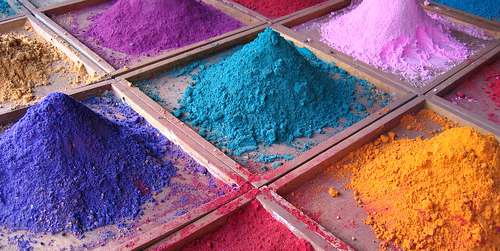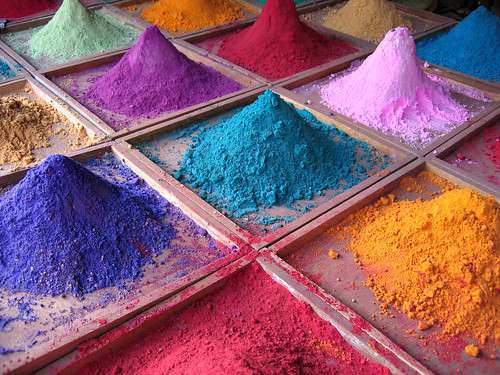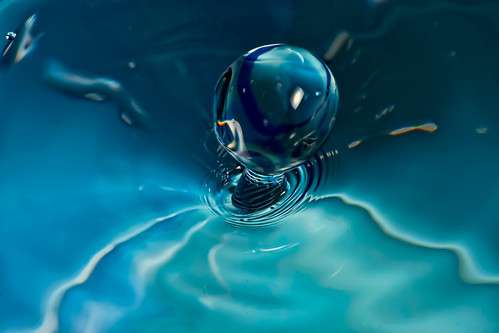
Specialized spectrophotometric features and accessories can allow you to obtain precise data from even the smallest samples of rare or expensive materials, such as costly pharmaceuticals. Image Source: Flickr user Andres Rueda
Spectrophotometers are ideal for producing accurate, repeatable color measurements of virtually all types of materials, from the purity of white in a sheet of paper to the dynamic hues of thermochromic plastics. Often, however, spectrophotometers and spectrophotometric accessories are designed to measure a substantial quantity of material, compromising the ability of those working with scarce or expensive resources, such as rare grains or costly pharmaceuticals, to obtain reliable readings via standardized equipment.1 Additionally, in recent years economic, environmental, and health-related concerns have spurred a move toward miniaturized sample preparation protocols within many industries, creating newly refined methodologies that rely on small sample analysis unsuitable for traditional measurement techniques and instrument set-ups. As Francisco Pena-Pereira writes:
Analytical chemistry researchers are concerned about the use of conventional protocols, which are generally large-scale, tedious, time-consuming, require manual labor and involve the use of large quantities of hazardous reagents. Thus, the development of new miniaturized procedures has become necessary due to the increasing demand for environmentally friendly, green, fast and alternative approaches.2
At HunterLab, we have responded to our customers’ need to measure small samples by creating a range of spectrophotometric technology and spectrophotometric accessories that give users the ability to produce accurate color measurement even when working with minute substances, allowing for adherence to the most modern methodologies, preserving scarce materials, and reducing costs.

Switching to a smaller port opening size allows you eliminate background interference and to obtain accurate color data from small solid and powder samples. Image Source: Flickr user Duncan Hull


